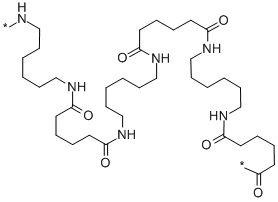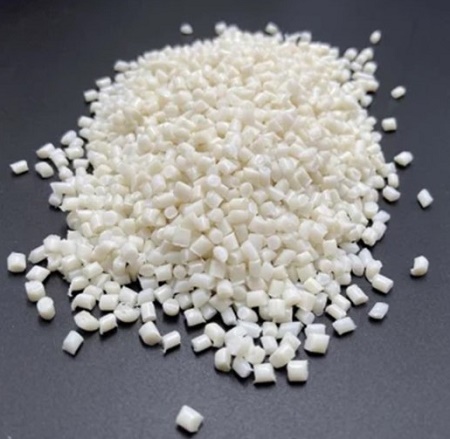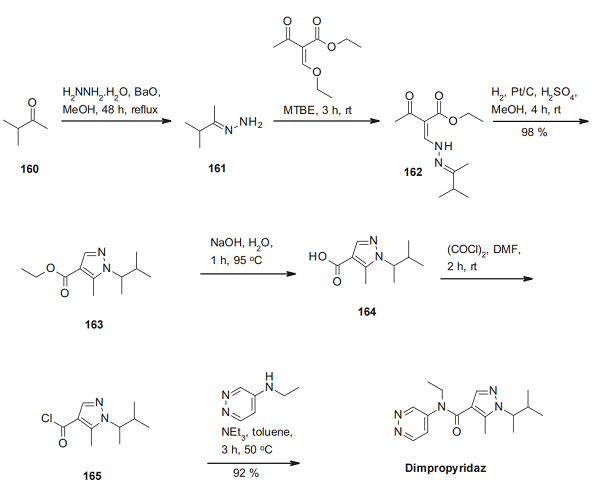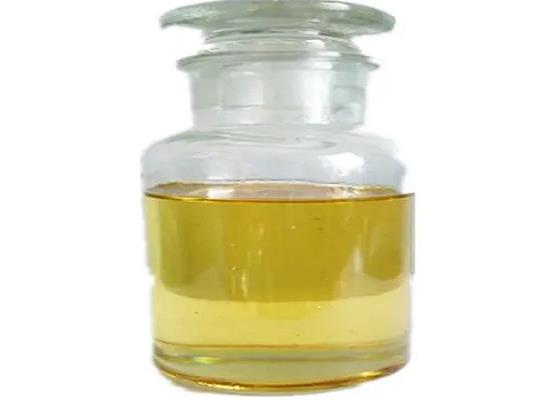Nylon 6/6: Characteristics, Applications and Advantage in Practical Applications
General Description
Nylon 6/6, derived from the polymerization of hexamethylenediamine and adipic acid, displays superior characteristics compared to Nylon 6 due to its highly aligned and densely packed molecular structure. With enhanced crystallinity, higher melting point, slower permeability, and increased resistance to deformation, it offers exceptional toughness and wear resistance. This makes Nylon 6/6 an ideal choice for various industrial applications, particularly in bearings and wear-resistant components. Its advantages include high thermal resistance, dimensional stability, and lower stain permeability, ensuring durability and extended product lifetimes. These properties contribute to its suitability for a wide range of practical applications, emphasizing its environmental benefits and sustainability.

Figure 1. Nylon 6/6
Characteristics
Nylon 6/6, derived from the polymerization of hexamethylenediamine and adipic acid, exhibits distinct characteristics due to its molecular structure. As a semi-crystalline polymer, Nylon 6/6 showcases a higher degree of atomic alignment compared to Nylon 6, leading to increased crystallinity. The hydrogen bonding in Nylon 6 occurs in two different arrangements, with approximately 50% exhibiting longer and weaker tilted hydrogen bonds. In contrast, Nylon 6/6 features a single hydrogen bonding arrangement where bonds align directly in a row, forming a robust and densely packed polymer structure. The unique molecular arrangement of Nylon 6/6 imparts superior properties compared to Nylon 6. Under similar processing conditions, Nylon 6/6 demonstrates enhanced crystallinity, greater order in alignment, a higher melting point (40°C higher than Nylon 6), slower permeability, and increased resistance to deformation. These characteristics highlight Nylon 6/6's structural superiority, emphasizing its suitability for various industrial applications where strength, durability, and thermal stability are paramount. 1
Applications
Nylon 6/6, a solid polymer of the nylon series, has been commercially available since 1948, developed by DuPont. Renowned for its exceptional toughness, low friction coefficient, and excellent wear resistance, Nylon 6/6 serves as an ideal substitute for various materials, ranging from metals to rubber. Its application reduces the need for lubrication, eliminating wear and corrosion issues. The combination of cost-effectiveness and improved wear resistance makes Nylon 6/6 an excellent choice for numerous bearings and wear-resistant components. Manufacturing precision parts with Nylon 6/6 is straightforward using standard metal processing equipment, achieving tolerances of up to +/- .002 through experience. It is available in various shapes and sizes, often ground to size for easier turning. Both extrusion and casting grades of Nylon can be paired with various fillers to meet specific application requirements. Some manufacturers offer different grades and filled versions under names like Tecamid® and Nylatron®, catering to specific applications. Solid lubricants such as mineral oil, graphite, PTFE, and MoS2 provide low friction, while reinforcements like carbon fiber, Kevlar®, and glass offer increased strength and dimensional stability. 2
Advantages in practical applications
Nylon 6/6 stands out in practical applications due to its unique properties that offer significant advantages: Firstly, its high melting point and thermal resistance set it apart from materials like polypropylene, ensuring that Nylon 6/6 can withstand frictional heat without melting. With a higher melting point than Nylon 6, it provides enhanced safety and durability, making it ideal for various applications, including furniture moving scenarios. Secondly, Nylon 6/6 excels in dimensional stability, maintaining aesthetics over time. Compared to materials such as polypropylene and polyester, both Nylon 6 and Nylon 6/6 exhibit superior recovery characteristics in carpets. The more ordered and evenly bonded structure of Nylon 6/6 enhances its performance, ensuring that carpets retain their original appearance and texture for extended periods. Additionally, Nylon 6/6's tight and ordered polymer structure results in lower stain permeability compared to Nylon 6, acting as a barrier against stain penetration. This property allows for easier cleaning and prevents stubborn stains from setting in quickly. Moreover, products like Antron® Nylon, derived from Nylon 6/6, feature a hollow-core fiber structure that boosts stain resistance. Carpets made with Antron® Nylon demonstrate exceptional durability, with research indicating a 60% higher stain resistance compared to Nylon 6 carpets. Both Nylon 6 and Nylon 6/6 are recyclable, and manufacturers choose recycling methods based on environmental impact assessments, contributing to sustainability. Overall, Nylon 6/6's long-lasting aesthetic appeal and durability lead to extended product lifetimes, reducing waste and offering superior environmental benefits. 1
Reference
1. Lotz B. Rippled Sheets: The Early Polyglycine Days and Recent Developments in Nylons. Chembiochem. 2022;23(5):e202100658.
2. Nylon® 6/6 (Polyamide). Ensinger.
);You may like
Related articles And Qustion
Lastest Price from Nylon 6/6 manufacturers
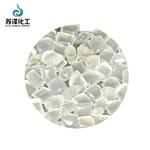
US $0.00/kg2022-11-18
- CAS:
- 32131-17-2
- Min. Order:
- 1kg
- Purity:
- Viscosity 2.7
- Supply Ability:
- 50 tons

US $1.00-0.00/KG2020-03-16
- CAS:
- 32131-17-2
- Min. Order:
- 1KG
- Purity:
- 99%
- Supply Ability:
- 200000KG
